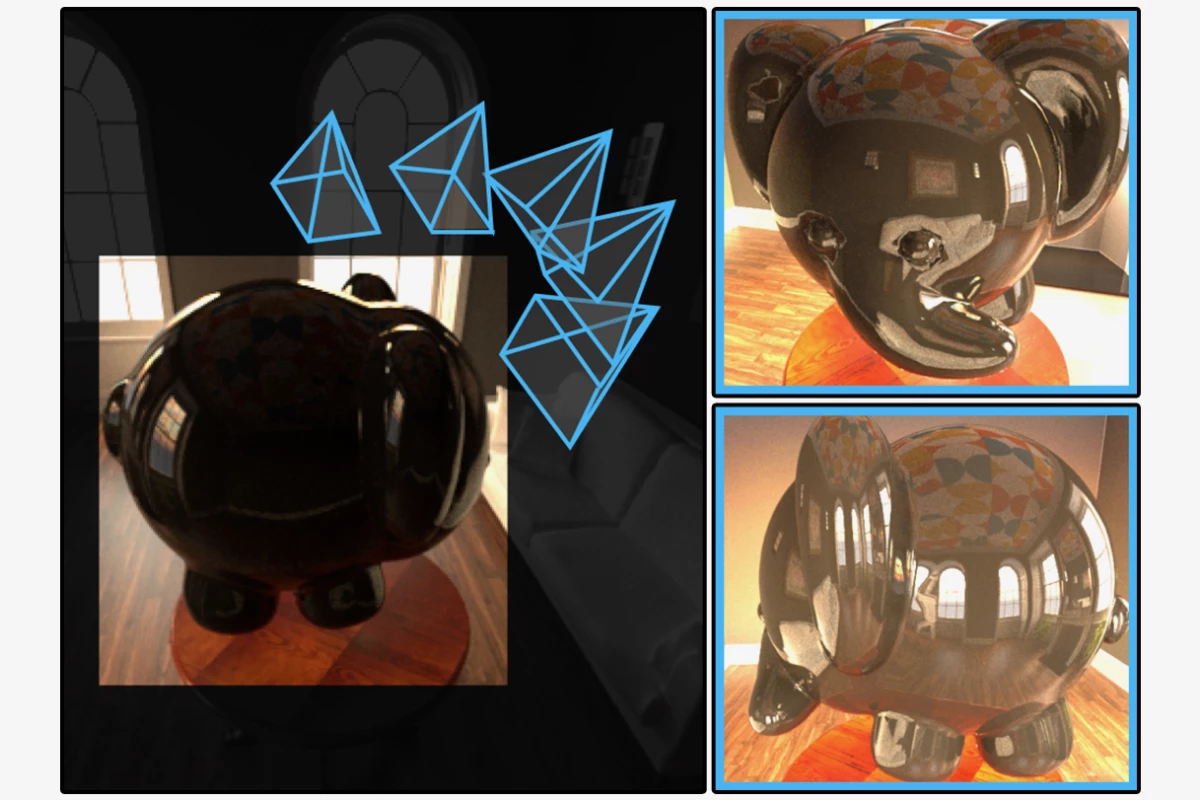It goes without saying that the cameras on self-driving cars can't see around the corners of buildings. The ORCa computer vision system, however, could one day allow them to do so … with a little help from shiny objects that they can see.
Its name an acronym for "Objects as Radiance-Field Cameras," ORCa is being developed by scientists from MIT and Rice University.
Putting it simply, the technology analyzes distorted reflections on the surface of glossy objects in order to get a clearer picture of what is being reflected, and how far away it is. In the driverless car scenario, the shiny surface of another vehicle parked near an upcoming intersection (as just one example) could provide a view of approaching traffic on the cross-street.
The system works by obtaining multiple images of the glossy object in question, each one taken from a slightly different angle as the camera nears that object. Machine-learning-based software breaks the reflection on the surface of that object down into individual pixels.
By analyzing how those pixels change relative to one another between the different images, the software is able to determine the shape of the object (along with its color and texture) and thus compensate for the manner in which it's distorting the reflection.
Additionally, by modeling the reflected scene as what's known as a 5D radiance field, ORCa is able to determine the direction and intensity of light rays that are striking or being emitted by each point in that scene. This information in turn allows the system to ascertain how far away each of those points is from the reflecting surface, and from one another.
"We have shown that any surface can be converted into a sensor with this formulation that converts objects into virtual pixels and virtual sensors," said MIT graduate student Kushagra Tiwary, co-lead author of a paper on the study. "This can be applied in many different areas."
Along with its use in applications such as collision avoidance systems for self-driving cars, the technology may also be utilized in aerial drones. By analyzing reflections on glossy objects located on the ground, a drone could get a ground-level view of the environment over which it's flying.
Source: MIT




